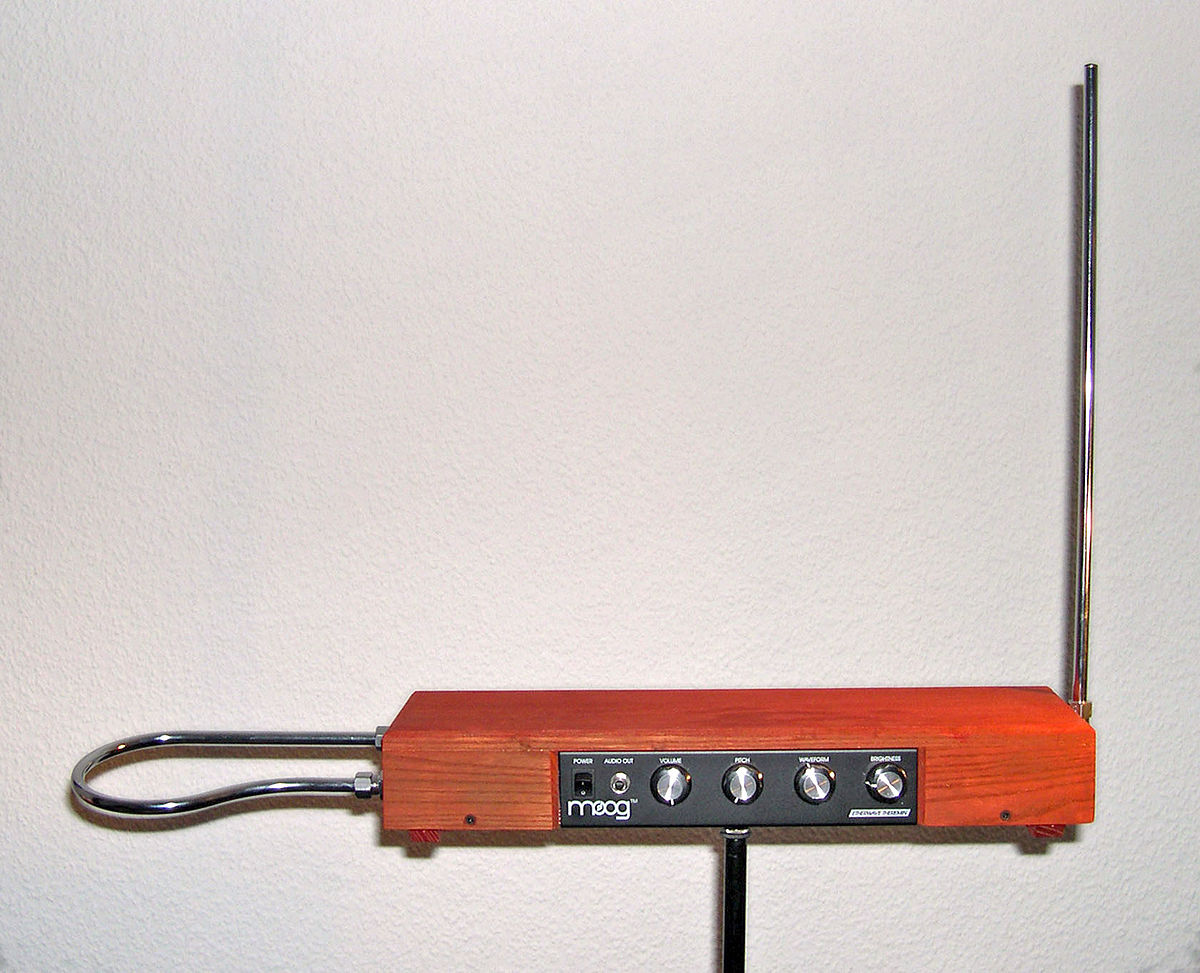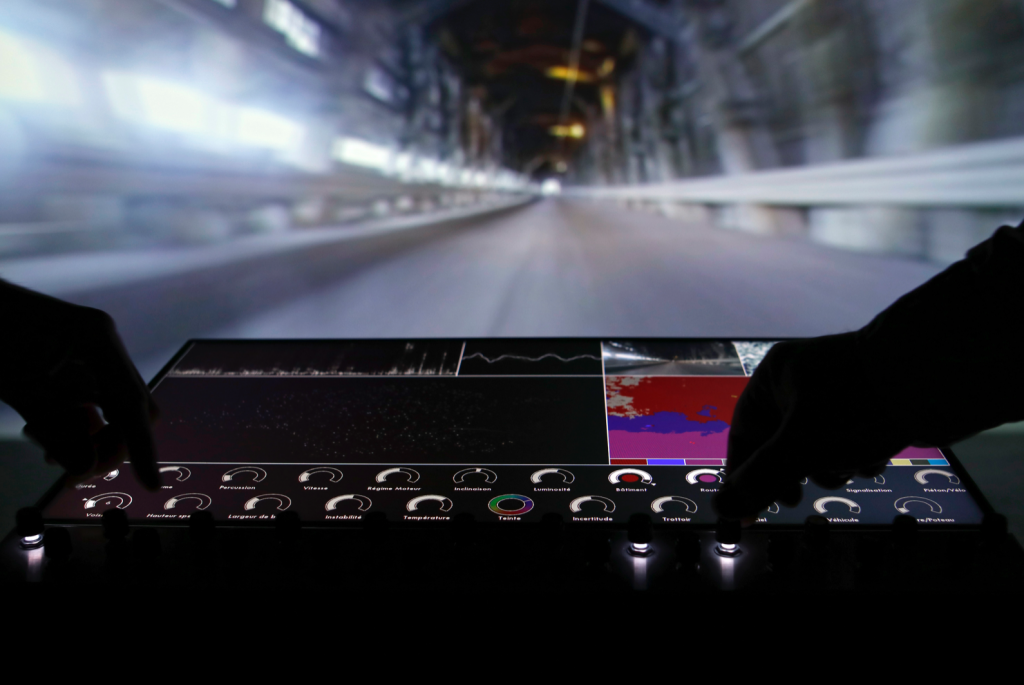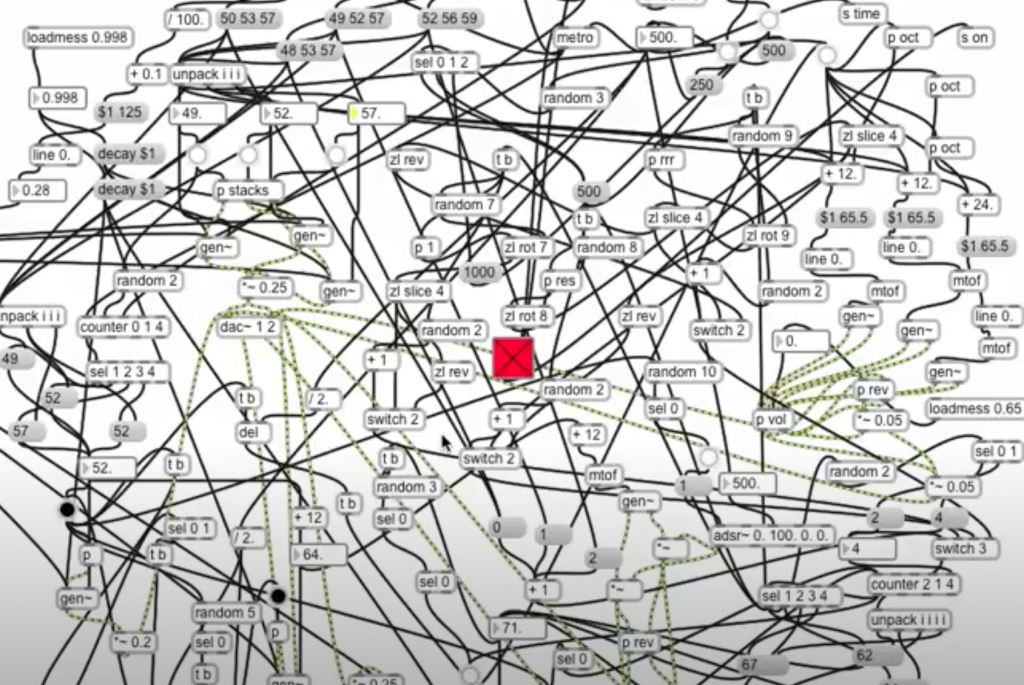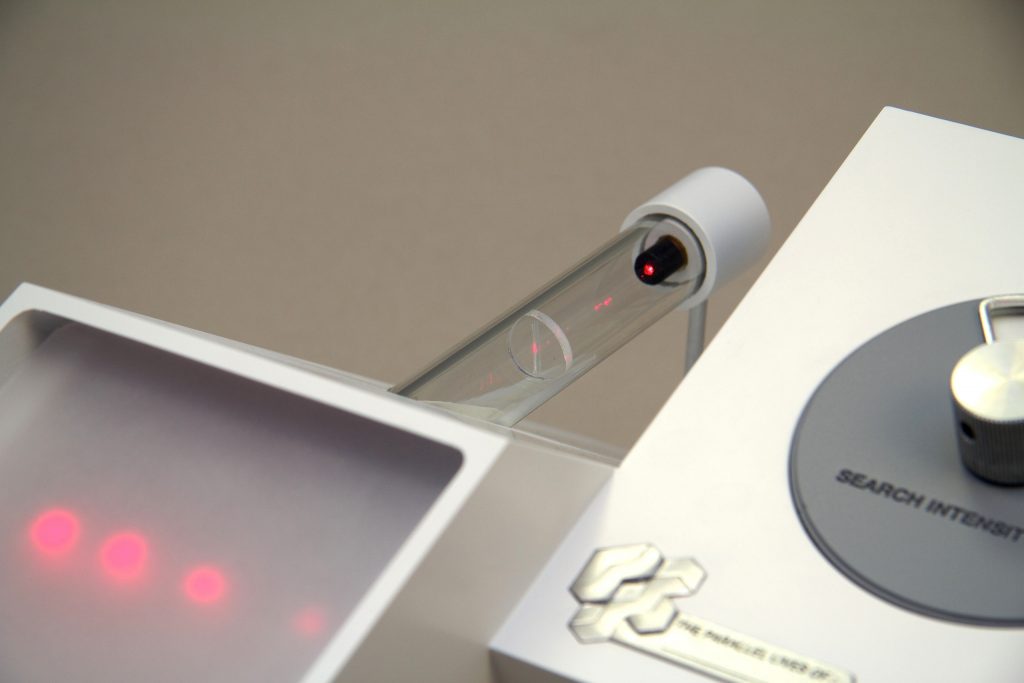A particular work that I find very interesting is Bishop Ivy’s performances. As a student at CMU, he combines his cs background with his career in music. He is able to create performances that are visually appealing that are controlled by the sound he was creating. In a sense, it was such a great experience watching him because it was so cool how the lights and images were adding to the meaning of the song. I am unsure how the artist does do this, but he does it well. Overall, I really enjoyed his performances.
Category: LookingOutwards-04
Musical and Computational Inspiration
The mix of computer science and music is a combination that I love to no end. As both a musician and an avid computer science nerd, the idea that there are ways to combine these two concepts is amazing to me. There is one musical instrument that has always fascinated me. That would have to be the Theremin. Built by physicist Lev Sergeyevich Termen, the theremin is an instrument that does not need to be touched in order to create sound. The Theremin works by generating electromagnetic waves between two antennae. Kind of like a graph, the horizontal antenna controls volume while the vertical antenna controls pitch. I admire this instrument because of its originality and uniqueness. The sounds produced are heavily saturated computer-generated sounds that are like no other. When a musician is playing the Theremin, their hands move through space like they are dancing.

LO week 4-The Sugarcube
https://www.instructables.com/Sugarcube-MIDI-Controller/
Looking on Vimeo, I found the Sugarcube controller. I thought it was unique because of the button pressing and I have seen familiar things before online with a connected mouthpiece. I really like the ease of this project and how you can connect it to different apps to do different sound related tasks. I liked how hands on it was with movement and shaking to erase work or play with the buttons. I thought this would make a really cool kids toy for kids who like music, without having a screen. It has a lot of different connections and apps to use; you can generate polyrhythms based on tilt and control the velocity. It also had a step sequencer which allowed it to go through different patterns of sound and tempo. The creator went through a lot of work for the parts and to make it on arduino and make it have a clean box packaging.The creator also goes through the motions of saying how they made the whole set up so you can too.They also attached their code in arduino, and I appreciate how they were able to program the buttons to do so many different commands.
Algorithmic Drive – Spectacular car(au)tonomy
Sound always surrounds us no matter where we are – in our rooms, on the boardwalk by the ocean, in class during final exams when everyone is focused on their work. Even during complete silence there’s a sound of our breathing or the sound of dust falling on the floor. Sound is always there and the idea of music always follows it. Many would consider a loud street in the middle of New York City to be noisy or annoying but, as a native New Yorker, I grew to hear music in the random Manhattan sounds. We can hear constant beats from honking cars or from people throwing out metal cans of soda that make a clunking sound. People’s conversations are lyrics about daily life, struggles and human routines. Music is everywhere and I think it’s beautiful.
I chose a project called “Algorithmic Drive” created by François Quévillon. “The work plays with the tension generated by confronting the technologies used by mobile robotics with the unpredictable nature of the world.” What I admire about this project is the fact that both technology and nature are connected here because robotics were used to capture the sound of the world around us. It’s fascinating. What I know about the algorithms that generated the work is that Quévillon built his own database that consisted of camera recordings and he connected that database to his car’s on-board computer. The camera was recording videos via Bluetooth in the car’s OBD-II port of a surrounding nature and it took into consideration all of the factors such as altitude, orientation, car’s location and speed, engine RPM, stability and the temperature of various sensors. To sort all of the videos statistically from minimum to maximum value by the parameters like sounds, images, location and car’s activity, there was a specific sampling system that used signal processing, data analysis and computer vision algorithms. The parameters were “mapped using a Uniform Manifold Approximation and Projection (UMAP) dimension reduction technique.” Sound analysis software was used to get the sound and visual features of the environment based on OpenCV and road scene segmentation using the SegNet deep convolutional encoder-decoder architecture and its Model Uncertainty. Moreover, the system that François Quévillon used in his project had “a custom-built interface with illuminated rotary encoders and a monitor installed on a road case that contains a subwoofer.”
A way the creator’s artistic sensibilities manifested in the final form is the fact that François Quévillon was able to bring life into technology: robotics were used to record videos and he managed to add sounds based on recordings of nature. It’s simply fantastic. We were able to hear music based on ocean’s waves and on trees that were growing on the side of the road. We were able to hear beats from rain drops and we were able to hear melodies based on the flying insects. This project brought together technology and nature to create music – this project shows us that technology can be used not only for practical purposes but also for spirituality.

Looking Outwards 4: Sound Art

For this week’s LO, I looked into “Cycling Wheel: The Orchestra” created by Keith Lam, Seth Hon, and Alex Lai. The piece was first released in 2016 is composed of 3 sets of bicycle wheels and connecting strings. Together, the installation acts as a dynamic and interactive instrument for performance. The Hong Kong-based new media artist Keith Lam explains that the piece was based on the idea of Marcel’s Bicycle Wheel and that they wanted to remake the masterpiece by composing a multi-media performance. I love how they embedded audio and lighting in the wheel so the piece is very dynamic and interactive. The music created is very unique and the flashing lights really complement the orchestra. I also admire how there’s a live element where the artists are present and controlling those wheels in front of an audience. I suppose the algorithms behind the project helps to transform the mechanics of the wheel into variations in sounds and lights.
LO: Sound Art
I found a creative coder named Rino Petrozziello, who uses Pure Data (Pd) to create algorithmic music. This language that the artist uses allows coders to create graphical data structures, making it easier to edit and control the code. I enjoyed one of his compositions called Insomnia(2017). The music, generated by data flow, actually reminds me of actual string instruments. I admire Petrozziello’s work because, besides the sonic experience, he also creates visual representations of the sound. The viewers can witness the data flowing in real-time and what each control unit does to alter the sound. Additionally, I was impressed by how the artist can use computer algorithms to convey complex human emotions.

Looking Outwards 04: Sound Art
Today I took a look at Unity’s music visualization program done by Peer Play. They created something that I found very intriguing because it was a refreshing take on traditional music visualization, utilizing small dots to create movement according to the beats of the music. The different colors keep the artwork lively and engaging as you follow along with the spinning movement of the small dots. It feels like a miniature light show on a display! I think that one way they were able to sync the movements of the lights with the music was to have certain lights assigned to certain instruments. The change in volume of the instrument would subsequently change the direction and movement of the light. However, there are so many movements that it’s hard to understand what each specific movement is assigned to!
Peer Play Unity Music Visualization
LO-Sound Art
The project I choose for this week LO is an exploratory public engagement project called quantum parallelograph by Professor David Deutsch of Oxford University. It basically applies the notion of parallel universe into a public engaging experiment based on the Young’s double slit theory. Since the double slit experiment says that a photon of light appears to pass through the double slits, the scientists suggests that a connection is made across universes when this happen. Therefore, they made the abstract idea of parallel universe into something tangible and visible. Interestingly, this project examines a scientific notion from an aesthetic point of view, it also approaches the scientific fiction by letting people engage in the activity of “communicating” with the alternate kind of self in another parallel world.

Looking Outwards 04: Sound Art
Created by Fraction, Louis-Phillippe St. Arnault, Nature Graphique, and Creation Ex Nihilo, Entropia is an immersive performance built of interconnected layers of media; a physical geodesic structure, immersive visuals, and sonic effects are synchronized by real time 3D programming. It’s meant to pay tribute to the architect and theorist of geodesic design, Richard Buckmeister Fuller.
I particularly admire how new artists added on to the project throughout its making, building new layers of media into what the previous artist had done. The fact that the production used real time programming was also very impressive, and therefore must creative a different experience each time Entropia is performed. The idea that an exact performance will never be recreated would probably make people appreciate all the more.
Going back to the idea that coding isn’t widely considered an “art”, having performances like this would help realize how coding can be artistic in itself. Coding could, like writing, be considered a creative way of expression… just in a different language.
Creators: Fraction, Louis Phillippe St-Arnault, Nature Graphique, Creation Ex Nihilo
First performed May 2015.
![[OLD SEMESTER] 15-104 • Introduction to Computing for Creative Practice](../../../../wp-content/uploads/2023/09/stop-banner.png)